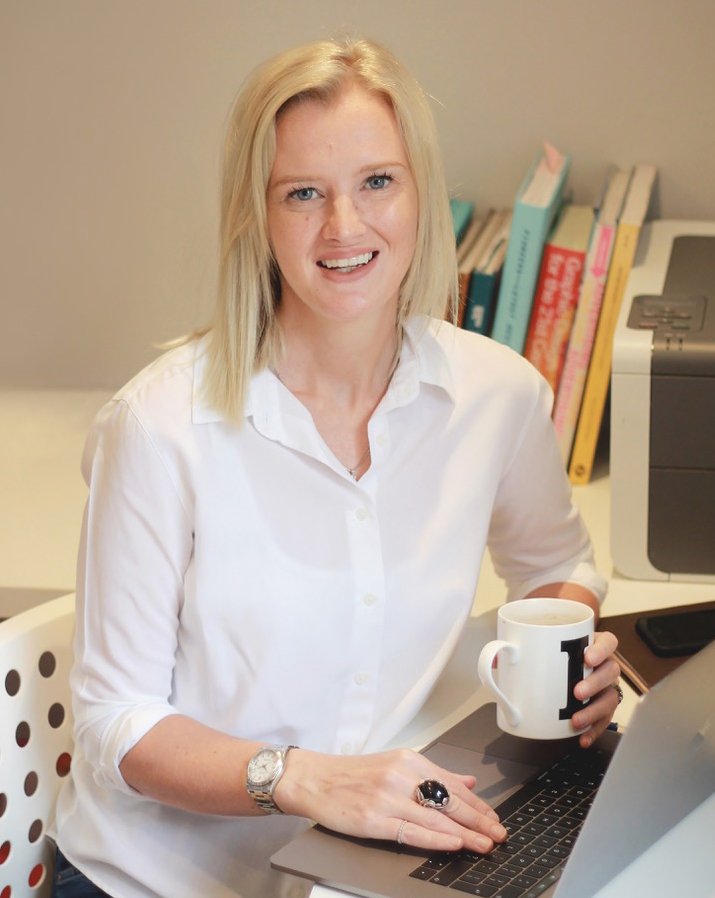Decisions on whether to work remotely or not have largely been dictated by Government guidelines in the past year. In their absence, how will agencies make their own decisions on whether to stay away from the office or not?
Laura Weldon, Creative Director at Studio LWD, says the hype and consternation around permanent WFH has been overstated. Instead, creative agencies should look at the hybrid model, especially considering the digital skills gap which needs bridging.
Agencies have all done things differently since the onset of the global pandemic. Some have decided on a ‘remote-first’ policy, which has allowed them to tap into a wider talent pool, without the limitation of a 30-mile recruitment radius from the office.
This approach is particularly useful if located somewhere where there’s a digital skills shortage, and you’ve previously struggled to find quality candidates.
Others have opted for the hybrid model – ‘office-occasional’ – where employees work both from home and in the office depending on the nature of the work required on that particular day. The question is – how do either know what the right model is for employees, rather than the agency itself?
Hybrid working is the way forward
Gensler published an interesting report at the start of this year, citing that 67% of UK workers would prefer a hybrid working model, spending anywhere between one and four days in the office each week.
This suggests that any talk about the demise of the office might be premature, because there is still need for physical office space. Being in the office may also be of particular importance for young workers entering the world of work for the first time, who may require the additional support that only face-to-face interaction can provide.
In the creative sector, it’s essential to be able to bounce ideas off other people and feed from one another’s energy. To get the best out of creative people, we need to collaborate face-to-face. Bringing the team together is a much better way to spark creativity. Many people might agree when I say that I found working from home stifled my creative output somewhat.
Nurturing young workers
For young people embarking on their careers, it can be a very uncertain time. When also considering the impact the pandemic has had on working life, even for seasoned veterans, it is fair to assume that trainees, apprentices, and postgraduates might need some extra support to help them find their feet.
Young workers also need additional support in aspects such as time management. For example, when you work in an agency on client work, you are allocated a set time limit to spend on each client, so it’s important that you can manage your time well.
Experienced workers often take such things for granted, but new workers will often need to learn these skills and gain an understanding of what the company expects of them.
With limited work experience, young workers are often afraid to ask ‘silly’ questions, and this feeling could be exacerbated by forced online interaction, where meetings tend to be shorter and more transactional, with less room for a friendly chat outside of the main agenda.
To enable young people to develop both professionally and personally, it’s helpful to assign a buddy or a mentor so they can raise any concerns or ask any questions. It’s harder to build the same rapport with your mentor online than you could in-person.
It’s also a concern that many young people may lack the necessary equipment and an environment suitable for homeworking – many young people live with their parents, for example, or in other shared accommodation.
Widening the digital skills gap?
A recent report commissioned by Workskills UK raised alarm bells for our sector. It found that since 2015, there’s been a 40% decline in the number of young people taking IT-related subjects at GCSE level.
To make matters worse, only 48% of employers believed that young people were leaving education with the digital skills required of them in the workplace.
The problem lies in that there is a growing demand for digital skills, but we are faced with the challenge of insufficiently trained recruits entering the workplace. If this gap continues to widen, it will be catastrophic for our economy.
One might assume that the Millennial generation are ‘digital natives’, having grown up navigating today’s digital world. The reality, however, is that most don’t possess vocational skills, such as web development, coding, or SEO capabilities.
We need to take action to help young people develop the digital skills that employers need. The problem with working from home is that they’re missing out on the vital face-to-face guidance and training from experienced colleagues, and offering this training online is by no means an adequate substitute. For young people, possessing these sought-after skills will also give them a competitive advantage in the labour market.
The post-pandemic future of the office
I’ve highlighted the advantages of an office, but I don’t see people returning to the office full-time – because of the benefits that working from home can also offer. Going forward, agencies will need to rethink their office usage, and carefully plan and design spaces that meet the needs of their staff, namely as places that can foster socialisation and collaboration.
The future office should be all about bringing people together, facilitating social interaction, inspiring creativity, growth, and creating a sense of belonging in employees.
By adopting the hybrid working model going forward, you’re offering the best of both worlds, which can only enhance performance and boost employee retention. Those agencies already operating a hybrid model report greater job satisfaction and higher levels of productivity, as well as improved mental health and wellbeing amongst staff.
It’s the ultimate win-win scenario for both employer and employee.











